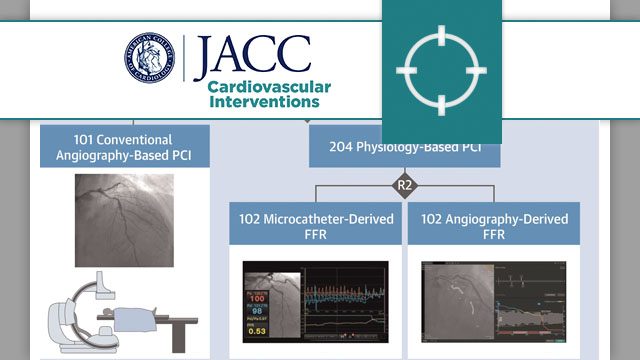
PCRonline Editor-in-chief, member of the PCR Board
EDUCATION
- Bachelor of Medicine: 2003. Università Cattolica del Sacro Cuore (Rome, Italy).
- Specialty: Cardiology, 2007. Università Cattolica del Sacro Cuore (Rome, Italy).
- Fellowship: Interventional Cardiology 2008-2009 Hospital de la Santa Creu i Sant Pau, Barcelona, Spain; 2010-2011 Erasmus MC, Rotterdam, The Netherlands
- PhD: Università Cattolica del Sacro Cuore (2012, Rome, Italy), Erasmus Universiteit Rotterdam (2012, The Netherlands)
EDUCATION RESPONSIBILITIES AND MEETING ORGANISATION
- Invited faculty and speaker in more than 50 national and international scientific meetings, including ESC, ACC, EuroPCR and TCT
- Chair of the Young initiative committee EAPCI Board, European Society of Cardiology
- Social media Editor, Eurointervention Journal
- Researcher, at IDIBAPS. The Institut d’Investigacions Biomèdiques August Pi i Sunyer (IDIBAPS) is a Research & Development Consortium based in Barcelona linked to the Clínic Hospital of Barcelona.
- Member of the PCRonline Editorial Board
ACTIVE AREAS OF RESEARCH
Dr. Salvatore Brugaletta is a Senior Consultant Interventional Cardiologist with a large experience in coronary and structural heart disease (Intracoronary imaging, complex heart disease, left main, bifurcation, STEMI, cardiogenic shock, TAVI, Mitraclip, LAA, etc). Highly skilled in Clinical Research, Medical Education and Medical Devices with strong commitment inside medical communities. Two PhD focused on interventional cardiology from Erasmus University (Rotterdam, The Netherlands) and Sacred Heart University (Rome, Italy).
He has authored around 300 manuscripts published in the peer-reviewed literature. Clinically, his interests include: preventive cardiology, acute coronary syndrome / angina, drug eluting metallic and bioresorbable stents, invasive coronary imaging and TAVI (Transcatheter aortic valve implantation).
Dr. Salvatore Brugaletta is an Interventional Cardiologist at the Hospital Clínic de Barcelona, Spain.
Declaration of interest
| Function | Company |
|---|---|
| Honorarium | Boston Scientific |
| Grants/research support | Astrazeneca |
Latest contributions
Reflecting on the year 2025 in interventional cardiology: what was new and what is coming?
27 Nov 2025
Explore the latest and future trends in interventional cardiology. Join D. Milasinovic and S. Brugaletta for an unscripted H2H Conversation!

PARTNER 3: transcatheter or surgical aortic-valve replacement in low-risk patients at 7 years
14 Nov 2025
At 7 years, low-risk patients affected by severe symptomatic aortic valve stenosis 1:1 randomly treated by SAPIEN 3 TAVI or surgery showed similar clinical outcomes and late valve durability

Reviewer

Reviewer

1-year SELUTION DeNovo results: what they mean for daily practice
29 Oct 2025
The SELUTION DeNovo trial, presented by Christian Spaulding at TCT 2025, delivers the first head-to-head comparison between a sirolimus DCB strategy and contemporary DES in PCI.
In this review, Salvatore Brugaletta breaks down the 1-year results and what these findings truly mean for everyday lesion-by-lesion decision-making.

Author

Author

Author

Optical coherence tomography- vs angiography-guided coronary stent implantation in calcified lesions: the ILUMIEN IV trial
28 Aug 2025
In the overall population (n = 2,114), there was a significant interaction between the effect of randomisation to OCT guidance vs angiography guidance in lesions with moderate/severe calcification (n = 1,082) vs no/mild calcification (n = 1,032) on the 2-year rate of TVF (Pinteraction = 0.01).

Reviewer

Navigating complexity in high-risk patients with multivessel disease undergoing PCI
23 May 2025 – From EuroPCR 2025
This educational session focuses on navigating the complexities of PCI in high-risk patients with multivessel disease. Learn the roles of imaging and physiology, low-contrast PCI techniques, and optimal strategies for patients with concomitant aortic stenosis, illustrated through detailed case discussions.
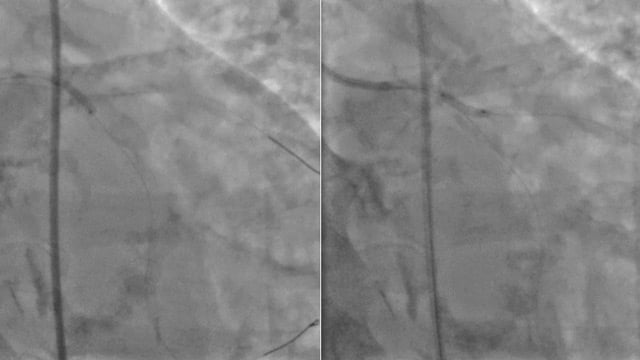
Integration of CT and IVUS for treatment of coronary artery disease in daily practice: from planning to drug-eluting therapy
22 May 2025 – From EuroPCR 2025
This EuroPCR 2025 session highlights how imaging can drive precision in modern PCI. From CT-guided planning to IVUS-guided drug-eluting balloon interventions, each presentation offers practical insights into optimising patient outcomes. Step-by-step approaches and recorded cases illustrate how to tailor tool and technique selection, while also addressing...

New perspectives in 3D calcium visualisation with CT and angiography for complex PCI
21 May 2025 – From EuroPCR 2025
Thanks to this EuroPCR 2025 session, discover new perspectives on 3D calcium visualisation combining advanced imaging techniques like 3DStent, IVUS, and 3D angiography to enhance complex PCI. Learn from detailed calcium mapping and plaque assessment to guide strategic decisions and see these innovations applied in practice...

Innovative approaches to thrombus removal: redefining acute thromboembolic management in ACS
21 May 2025 – From EuroPCR 2025
Unlock cutting-edge strategies for thrombus removal in acute coronary syndrome (ACS) with this EuroPCR 2025 session. Understand the mechanisms behind microvascular obstruction and no-reflow phenomena, and why effective thrombus management is crucial. Review the latest clinical evidence, from the Cheetah study to the ongoing TACTIC randomised...

How should I treat this vulnerable plaque?
21 May 2025 – From EuroPCR 2025
Learn to identify and manage vulnerable plaque using intracoronary imaging. This session covers detection techniques, clinical implications, current evidence for treatment, and case-based insights to improve patient outcomes through targeted intervention.
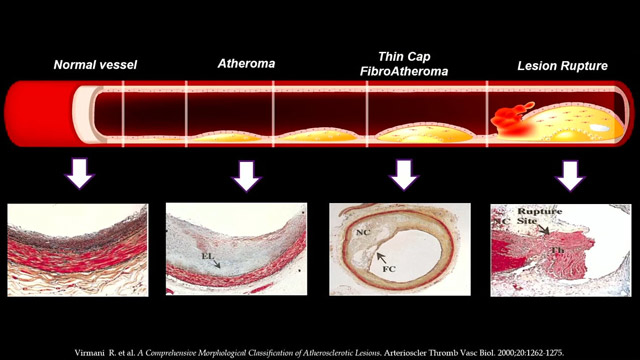
ACS with normal coronary arteries: angiography done, job done?
21 May 2025 – From EuroPCR 2025
Understand the clinical significance of MINOCA and learn diagnostic strategies integrating invasive and non-invasive tests to identify underlying etiologies. This session provides therapeutic insights tailored to specific MINOCA endotypes through illustrative cases.

Complex multivessel disease - LIVE Case
21 May 2025 – From EuroPCR 2025
An 89-year-old male patient presented with stable angina, preserved LV function and some risk factors such as hypertension and diabetes. CT scan and angiography revealed occlusion of proximal RCA and bifurcation lesions on LAD and circumflex (medina 1,1,1). Operators treated the bifurcation lesions with provisional stenting.
Regarding...
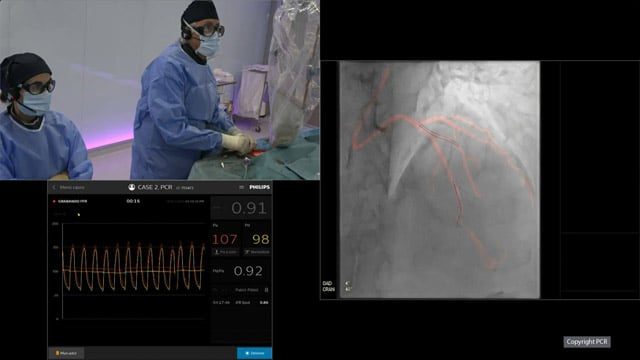
Role of imaging in ACS: from non-invasive to invasive investigations
20 May 2025 – From EuroPCR 2025
Explore the critical role of imaging in acute coronary syndrome (ACS) from non-invasive coronary CT angiography to invasive intracoronary imaging modalities. This session covers detection of culprit lesions, diagnostic strategies, and PCI optimization through real-world case examples.
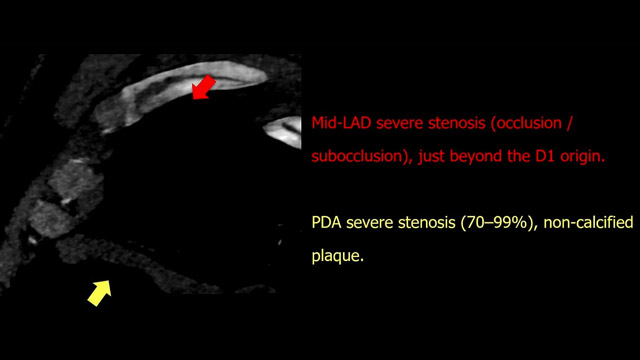
Percutaneous coronary treatment with Bioadaptor implant vs drug-eluting stent : 2-year outcomes from BIOADAPTOR RCT
31 Mar 2025
At two-year follow-up, the use of sirolimus-eluting cobalt-chromium DynamX Drug Eluting Coronary Bioadaptor System (Elixir Medical Corporation) resulted in fewer target lesion failure (TLF) compared with the Resolute Onyx contemporary drug-eluting stent.

Reviewer

Reviewer

Coronary revascularisation deferral based on quantitative flow ratio or fractional flow reserve: a post-hoc analysis of the FAVOR III Europe trial
08 Jan 2025
The post-hoc analysis found that quantitative flow ratio (QFR)-based deferral of coronary artery revascularisation resulted in a higher incidence of 1-year major adverse cardiac events (MACE) as compared with fractional flow reserve (FFR)-based deferral.

Reviewer

Reviewer
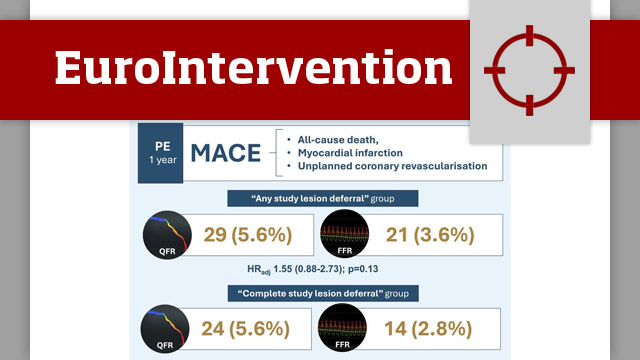
Best of science and education in cardiovascular interventional medicine in 2024
16 Dec 2024
Dear Colleagues, dear PCR Companions,
As we welcome a new year, it is the perfect time to reflect on what we achieved together over the past year—both as a celebration of our successes and as motivation to continue improving in the year ahead.
2024 was a record year...
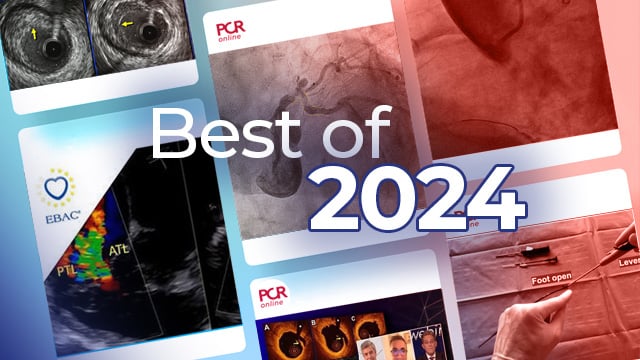
“BIO-PCI” the turning point of vascular interventions?
03 Dec 2024
Discuss the rationale of a PCI strategy with minimal metal as a turning point of vascular interventions with Flavio Luciano Ribichini, Salvatore Brugaletta and Piera Capranzano.

Comparison of strategies for vascular ACCESS closure after transcatheter aortic valve implantation: the ACCESS-TAVI randomized trial
04 Nov 2024
The present study explores the alternative of 1 suture-based + 1 plug closure device vs. the conventional one, finding a superiority of this approach in achieving the full closure, hemostasis with a reduced incidence of complications.

Reviewer

Effect of colchicine on coronary plaque stability in acute coronary syndrome as assessed by optical coherence tomography: the COLOCT randomized clinical trial
27 Aug 2024
The rationale for this study was to provide direct evidence of colchicine's effects on plaque stabilization, particularly by assessing changes in plaque characteristics using optical coherence tomography (OCT).

Reviewer

Reviewer
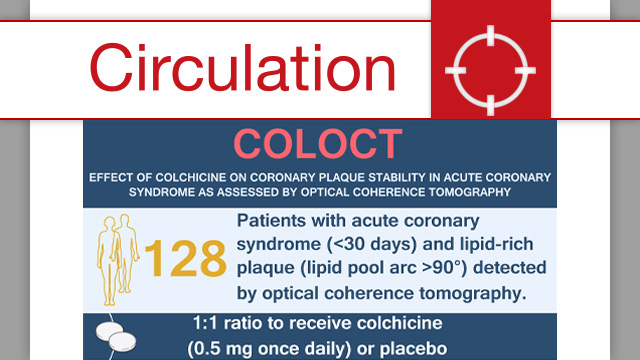
Optimal minimal stent area and impact of stent underexpansion in left main up-front 2-stent strategy
10 Jul 2024
The present study aimed to revise the IVUS-derived segmental MSA criteria for optimal stent expansion in patients undergoing an up-front 2-stent strategy using the crush technique for LM bifurcation lesions to predict the 5-year clinical outcomes.

Reviewer
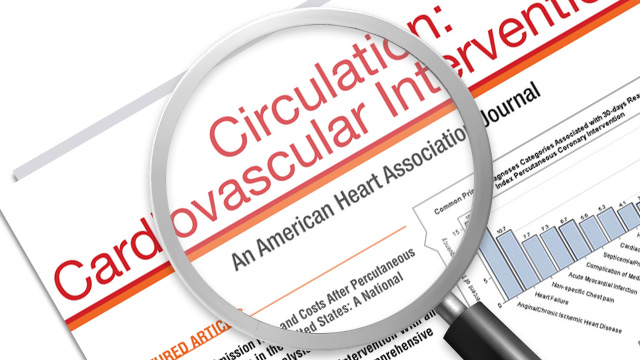
Influence of pathophysiological patterns of coronary artery disease on immediate percutaneous coronary intervention outcomes
28 May 2024
This study demonstrated, for the first time, that PPG - an index to characterize focal vs. diffuse disease - can predict optimal functional revascularization outcomes (post-PCI FFR ≥ 0.88) more accurately than FFR alone.

Reviewer

Reviewer
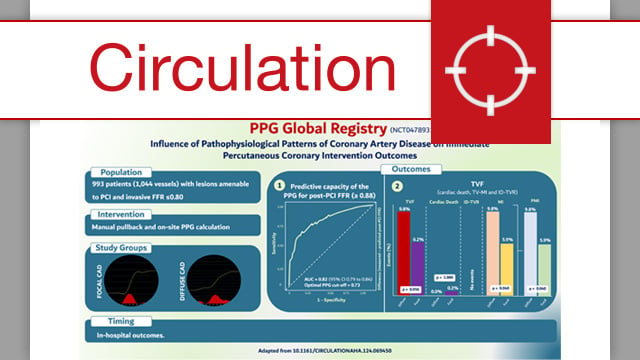
Update on coronary physiology in 2024
17 May 2024 – From EuroPCR 2024
This session provides an update on the available options for invasive coronary physiology in 2024. It reviews the latest evidence supporting the clinical adoption of invasive physiology indexes and shares practical tips and tricks for their application. Topics covered include CT-based physiology, pressure wire-based physiology, angiography-based...
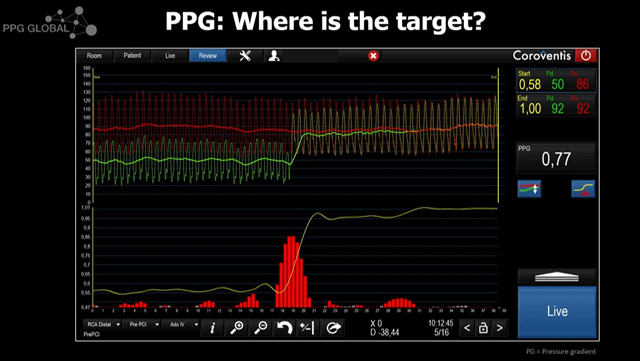
Other coronary interventions: SSO2, angioPy & more
16 May 2024 – From EuroPCR 2024
This session showcases a diverse array of innovative coronary interventions and technologies, including the use of super-saturated oxygen therapy in STEMI, the validation of intracoronary flow velocity measurement, the application of laser and optics-based coronary intravascular lithotripsy, and the development of contrast-free and X-ray-free PCI techniques....
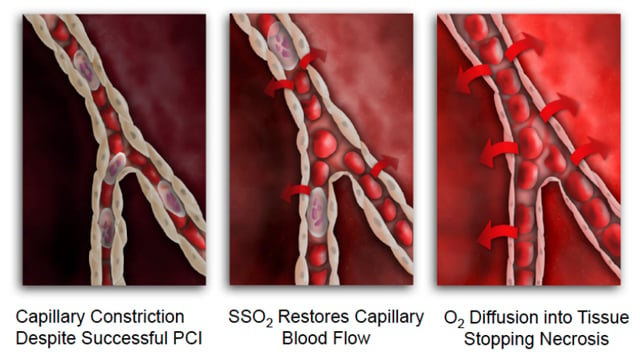
Refining PCI: the role of physiology and intracoronary imaging
15 May 2024 – From EuroPCR 2024
In this session, delve into a recorded case and two specialized lectures—one on the future of coronary physiology and the other on the future of IVUS. This session elucidates the significance of physiology and intracoronary imaging in PCI decision-making, delve into the use of pressure microcatheters...
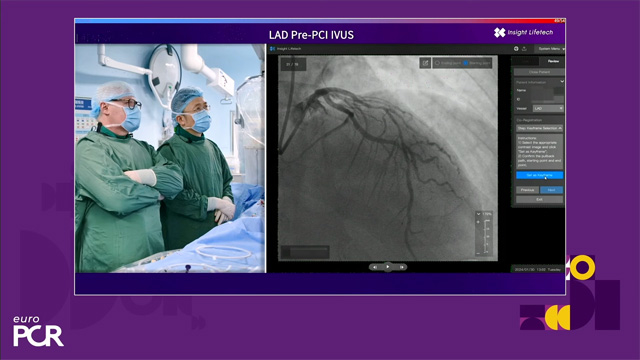
Management of MINOCA patients
15 May 2024 – From EuroPCR 2024
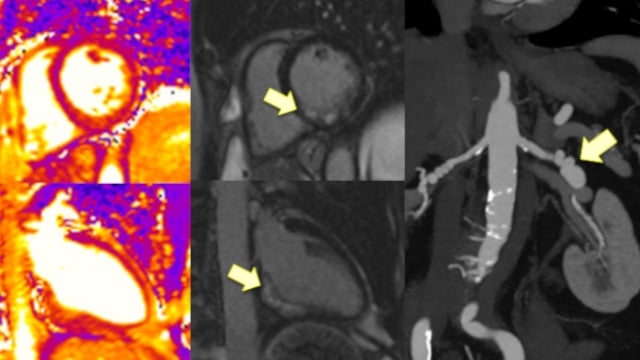
QFR: the next-generation diagnostic tool for epicardial and microvascular disease in the cathlab
15 May 2024 – From EuroPCR 2024
Join this session to delve into the cutting-edge capabilities of the newest QFR technology, allowing for rapid coronary vessel analysis in under 30 seconds. Gain insight into the diagnostic potential of QFR-IMR for assessing coronary microvascular dysfunction and understand its implications for patient care. Explore the...
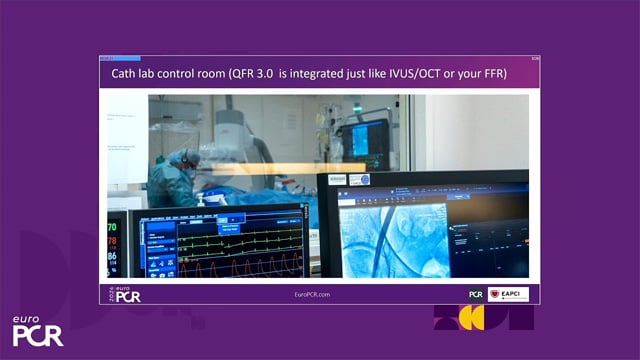
How to make complex PCI safe, simple, and effective with new intracoronary and angiography imaging guidance
14 May 2024 – From EuroPCR 2024
Thanks to this session, learn how advanced imaging may guide and map complex PCI interventions, impacting on immediate results and clinical outcomes, by investigating which patients and lesions are complex, what are the practical issues to manage during PCI, and how modern AI-based high-resolution imaging can...
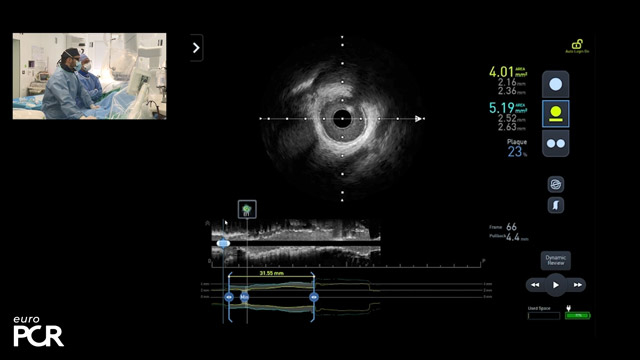
How the latest recommendations on MINOCA can impact our practice
14 May 2024 – From EuroPCR 2024
Join Vijay Kunadian and Salvatore Brugaletta as they talk about the latest ESC guidelines for MINOCA (Myocardial Infarction with Non-Obstructive Coronary Arteries). Together, they review the crucial aspects of identifying MINOCA patients, how to diagnose them effectively using available diagnostic tools and the importance of post-treatment...

Quantitative coronary angiography vs intravascular ultrasonography to guide drug-eluting stent implantation - a randomized clinical trial
21 Mar 2024
The trial aimed to establish the non-inferiority of QCA-guided PCI compared to IVUS-guided PCI with respect to the primary endpoint of TLF at 12 months, defined as a composite of cardiac death, target vessel MI, or ischemia-driven target lesion revascularization.

Reviewer

Reviewer

Mitral transcatheter edge-to-edge repair vs. isolated mitral surgery for severe mitral regurgitation: a French nationwide study
06 Mar 2024
The present analysis represents the largest comparison between surgical vs. percutaneous repair of mitral valve.

Reviewer

Coronary physiology guidance vs conventional angiography for optimization of percutaneous coronary intervention: the AQVA-II Trial
24 Jan 2024
The primary aim of this study was to demonstrate the superiority of physiology-guided PCI, using either angiography or microcatheter-derived FFR, over conventional angiography-based PCI in complex high-risk indicated procedures (CHIPs) in obtaining a higher FFR post-PCI.

Reviewer
